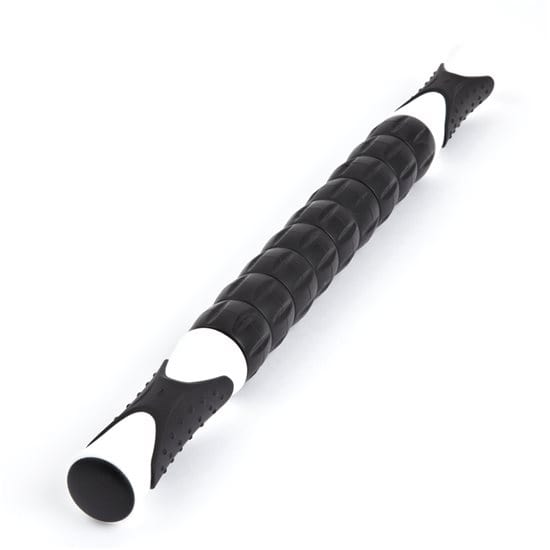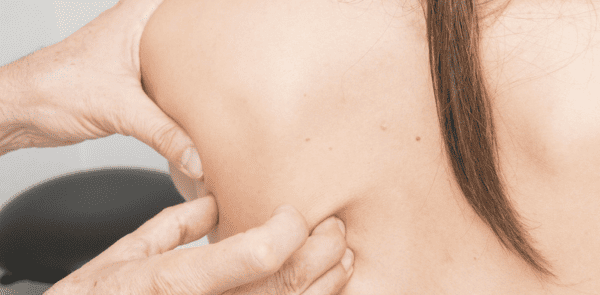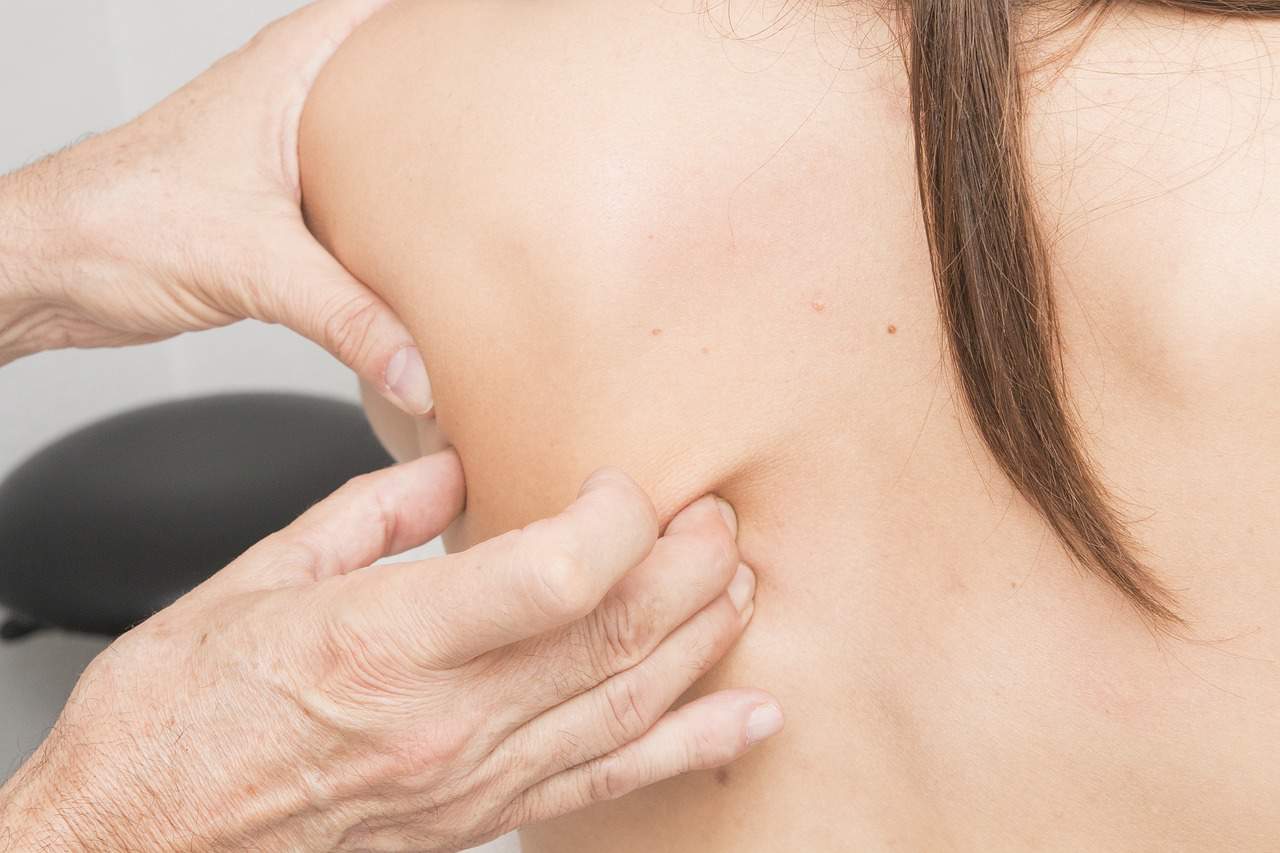Our bodies are like woven cloth. At times, little knots can form, making you feel uncomfortable and limiting how you move. These knots, called trigger points, are like hidden tense spots. They can show up when you’re stressed, injured, or do the same movements over and over. If we untangle them, it can help ease pain and make your muscles feel more relaxed.
Join us as we explore trigger points and find out where they come from. Here, we’ll also learn how to spot them and discover how a massage can make your body more flexible and pain-free.
What Are Trigger Points?
Trigger points are spots in your muscles that can make them feel tight and uncomfortable. When you press or touch these areas, they might cause pain in the parts of your body. They can form for different reasons, such as:
- stress
- injuries
- repetitive movements
When stressed, our muscles might tighten up, creating these points. Understanding all these is key for dealing with muscle discomfort. When you realise they’re there and use methods like massage to handle them, you can:
- ease tightness
- become more flexible
- reduce overall discomfort
Overall, paying attention to and taking care of trigger points can make a big difference.
Identifying Trigger Points
Finding trigger points means noticing signs like muscle knots that tense you. It might even cause pain, and you might feel limited movement in that area. Sometimes, trigger points can make other parts of your body hurt, too. If you’re aware of these signs, you can identify trigger points. Ultimately, take steps to address them for a more comfortable and pain-free experience.
To identify trigger points on your own, self-examination can be helpful. Look for tender areas in your muscles when you press or touch them. Trigger points often feel like small nodules or tight bands. Pay attention to areas that cause discomfort or pain, and check for muscle tightness. You can explore different muscle groups. Do so by gently applying pressure to find spots that might indicate trigger points.
Pay attention to patterns like pain spreading or muscles feeling tight. This awareness helps you take action to manage and ease trigger point discomfort. Tip: A trigger point massage stick provides targeted pressure on specific muscle knots. Using one helps manage and ease discomfort.
Benefits of Trigger Point Massaging

Discover the benefits of adding trigger point massage to your wellness routine. This type of massage offers several advantages, contributing to improved overall well-being.
First, trigger point massage with a massage stick proves effective in alleviating pain. Targeting specific points of tension helps release knots in muscles. This provides overall relief from discomfort and reduces pain sensations.
Second, this massage technique enhances flexibility. By addressing tight spots, trigger point massage contributes to increased flexibility. This allows for a broader range of motion and prevents stiffness.
Adding trigger point massage to your routine can improve overall well-being. It doesn’t just ease physical tension; it can also help with mental and emotional stress. As muscles relax, stress levels may decrease, promoting a sense of calm and balance.
Techniques of Trigger Point Massaging
Learning different massage techniques at home empowers you to ease discomfort. A helpful tool for this is a pressure point stick. Here’s a simple guide to get the most out of it:
- Locate areas of tenderness or knots in your muscles, which may show trigger points.
- Sit or lie comfortably, ensuring the muscles are relaxed.
- Apply the trigger point massage stick to the identified areas with gentle pressure. Begin with a light touch and gradually increase as comfort allows.
- Roll the massage stick over the trigger point in a back-and-forth or circular motion. Adjust the pressure based on your comfort level.
- For specific trigger points, hold the massage stick in place. Apply focused pressure for 15-30 seconds.
- Take deep breaths to enhance relaxation and allow the muscles to respond to the massage.
Using a massage stick helps relax muscles and ease trigger point discomfort. Listen to your body, adjusting pressure for comfort.
When to Seek Professional Help
It’s important to ask for help from a professional if you have ongoing or strong pain from trigger points. A massage therapist or healthcare provider can give you the right kind of help.
Not sure about finding the right spots or if massaging yourself makes the pain worse? It’s best to get advice from a professional. They have the knowledge to figure out what’s going on and can guide you in a safe and effective way. So, if the pain is too much or you’re not sure what to do, it’s a good idea to talk to a professional for the right help.
Professional therapists know how to give massages that are right for what you need. They can make sure it’s safe and focus on fixing your trigger point issues. These experts can:
- figure out what’s causing the problem
- create plans that fit you personally
- treat trigger points with care and accuracy
So, when you go to them, they can help in a way that’s perfect for your body and the specific issues you’re dealing with.
Note: Massaging yourself in specific areas can be risky. This is especially true if those spots are sensitive or if you have health issues. Professionals know how to be careful and avoid problems. If your trigger point pain is connected to a health issue, it’s really important to talk to a doctor.
In essence, getting help from professionals is the best way to take care of trigger points. They know what to do to keep you safe, and they can customise their help just for you.
Round-up
Taking care of trigger points can significantly enhance our well-being. By untangling muscle knots, we improve flexibility and reduce pain. Overall, being aware and taking action leads to a healthier, more comfortable life. Embrace self-care and enjoy the positive changes that come from managing trigger points.
Exploring additional physiotherapy equipment? At Physioroom, our selection extends to include foam rollers and muscle stimulation machines.
Up next on your reading list: How to Use a Trigger Point Massage Stick



 (
(